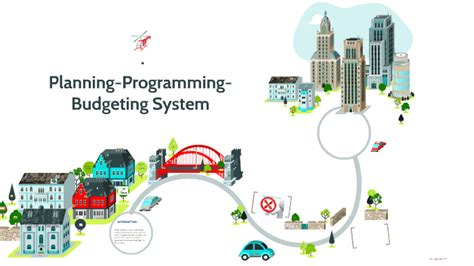Car Computer Programming: A Budget-Planning Guide
Car computer programming, also known as automotive software engineering, is a rapidly growing field. Whether you're a hobbyist tinkering with your own vehicle's Electronic Control Unit (ECU) or a professional developing advanced driver-assistance systems (ADAS), understanding your budget is crucial. This guide provides a comprehensive breakdown of the costs involved, helping you plan your project effectively.
What are the potential costs involved in car computer programming?
The cost of car computer programming varies dramatically depending on several factors: your experience level, the complexity of the project, the tools required, and the potential need for external expertise.
1. Hardware Costs:
- Development Boards/Hardware: Microcontrollers, such as Arduino or Raspberry Pi, are common choices for beginners. More complex projects might require specialized automotive-grade hardware, which can significantly increase the cost. Expect to spend anywhere from $20 for a basic Arduino to several hundred dollars for a sophisticated system.
- ECU Cloning/Reading/Writing Tools: If you're working directly with an ECU, you'll need tools to read, write, and potentially clone the ECU's memory. These tools can range from affordable OBD-II adapters (around $50) for basic diagnostics and data logging, to professional-grade bench programmers costing thousands of dollars.
- Sensors and Actuators: Depending on your project's goal, you may need various sensors (temperature, pressure, speed, etc.) and actuators (relays, solenoids, motors). Prices vary greatly depending on the type and quality.
- Wiring and Connectors: Connecting your hardware components requires wiring, connectors, and potentially custom wiring harnesses. The cost depends on the complexity of your setup.
2. Software Costs:
- Programming Software & IDEs: You'll need a suitable Integrated Development Environment (IDE) to write and compile your code. Many free and open-source options exist, but professional-grade IDEs can cost hundreds of dollars annually.
- Programming Languages: The language choice impacts the complexity and development time. While some languages are free, others may require licensing fees.
- Libraries and Frameworks: Using pre-built libraries and frameworks can accelerate development, but some might be proprietary and require licensing.
3. Learning and Development Costs:
- Online Courses and Tutorials: Many online resources offer courses and tutorials on car computer programming. Costs range from free to several hundred dollars depending on the course's depth and quality.
- Books and Documentation: Technical books and documentation can be valuable learning resources, but can add to the overall cost.
- Mentorship/Consulting: Seeking guidance from experienced professionals can be beneficial but might involve considerable fees.
4. Potential Unexpected Costs:
- Damaged Hardware: Experimenting with car electronics carries risks. Incorrect programming or improper wiring can damage components, leading to unexpected replacement costs.
- Vehicle Damage: In rare cases, faulty programming can damage your vehicle. It's crucial to proceed cautiously and thoroughly test your code before deploying it to a vehicle.
How to create a realistic budget for car computer programming?
-
Define Your Project Scope: Clearly define the project's goals and functionality. A simple LED modification will cost significantly less than developing a complex autonomous driving system.
-
Research Required Hardware and Software: Investigate the specific components needed and their costs. Compare prices from different suppliers to find the best deals.
-
Factor in Learning Costs: Account for the time and resources you'll invest in learning the necessary skills. This might include purchasing online courses, books, or seeking mentorship.
-
Allocate a Contingency Budget: Unexpected issues are inevitable. Include a contingency budget to cover potential repair costs or additional hardware purchases.
-
Track Your Expenses: Maintain a detailed record of all expenses to ensure you stay within your budget.
What are some ways to reduce costs in car computer programming?
- Start with Simple Projects: Begin with small, manageable projects to gain experience before tackling more complex tasks.
- Utilize Free and Open-Source Resources: Many excellent free and open-source tools, libraries, and learning resources are available.
- Collaborate with Others: Sharing resources and expertise with other hobbyists or professionals can significantly reduce costs.
- Learn to Troubleshoot Effectively: Mastering troubleshooting techniques can save you money by avoiding costly mistakes.
What are the potential returns on investment for car computer programming?
The potential return on investment depends heavily on your project's goals. For hobbyists, the satisfaction of building something unique and learning new skills is a significant return. Professionals in automotive software engineering can command high salaries.
By carefully planning your budget and making informed decisions, you can successfully manage the costs associated with car computer programming, allowing you to focus on the exciting aspects of the project itself. Remember, careful planning and a methodical approach are key to success in this field.

